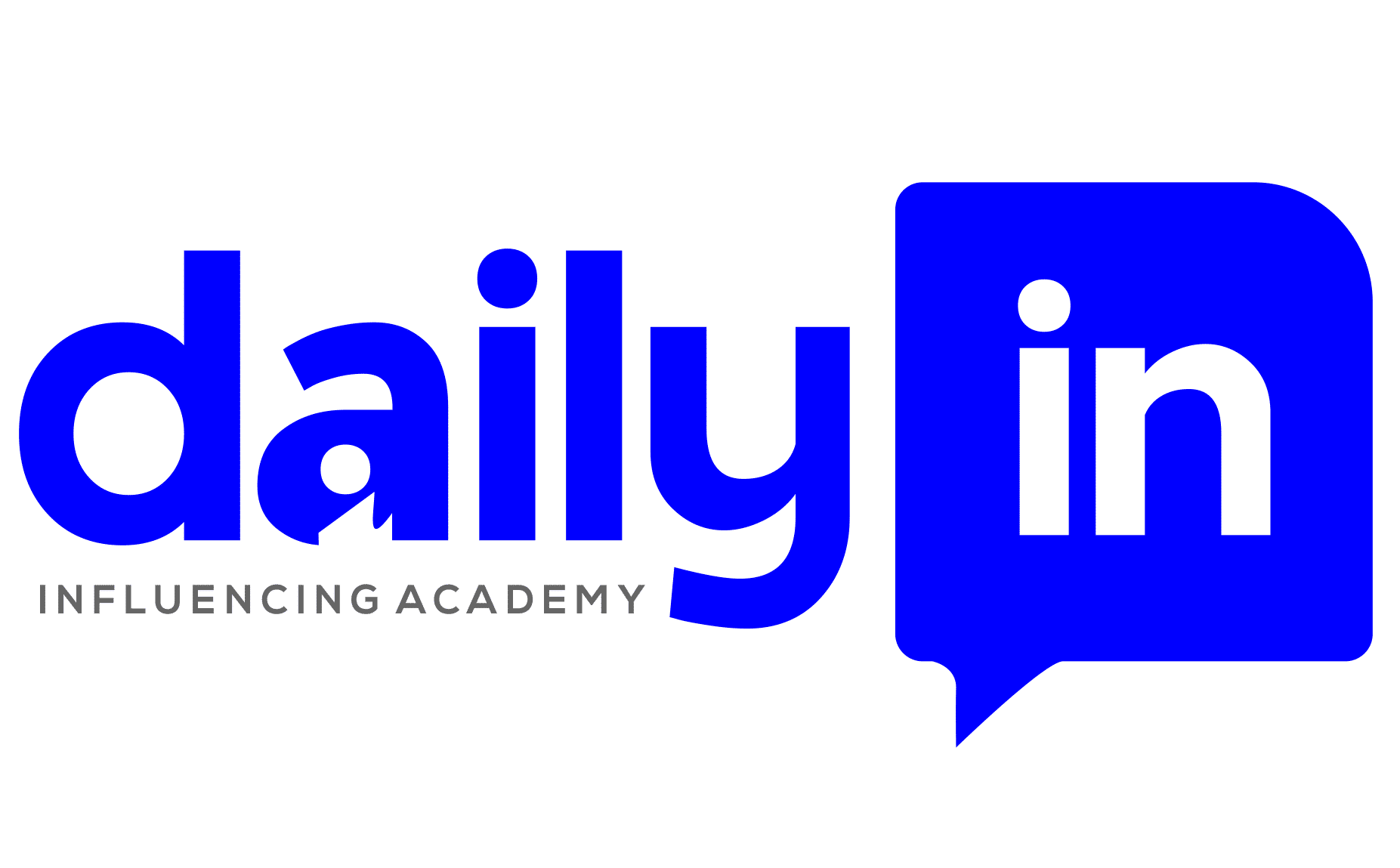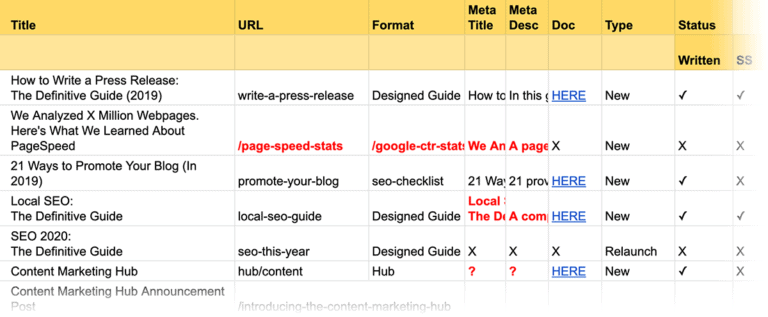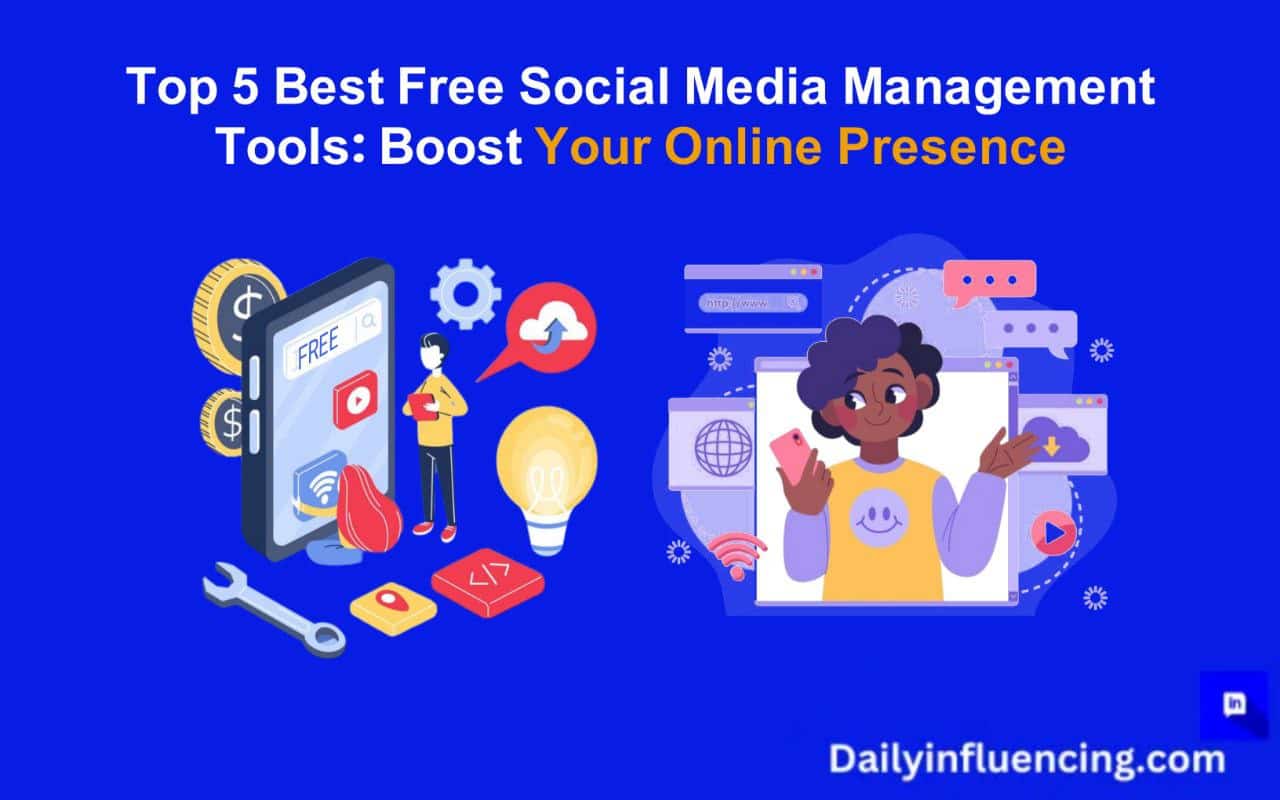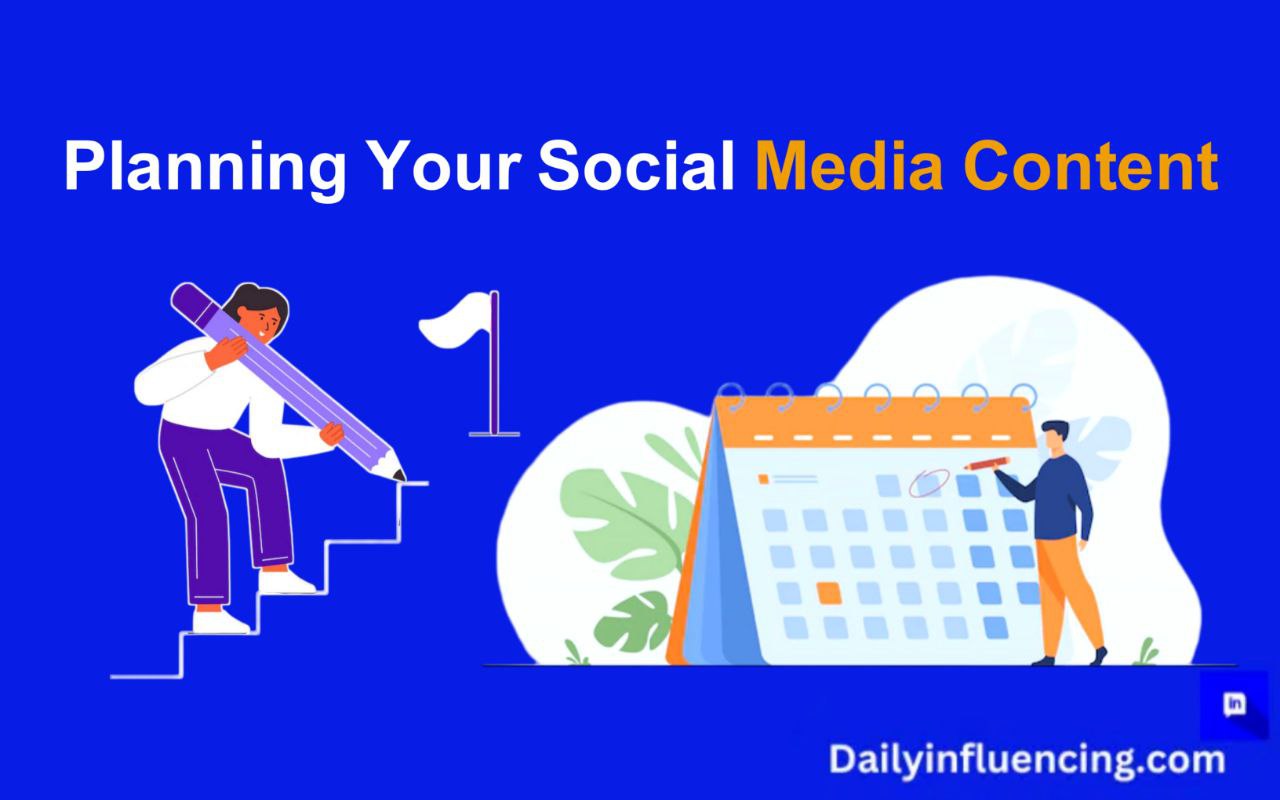
Create and schedule with a Social Media Content Calendar, engaging your audience effectively
Are you struggling to keep up with the ever-changing of social media in today’s society? Are you overwhelmed when it comes to the preparation of content material? The answer to your problem is a social media content calendar.
Social Media has become an indispensable tool for businesses and individual alike. Crafting a strategic approach to manage content across various platforms is essential.
This guide will provide you with a detailed roadmap to create an effective social media content calendar for 2024.
Understanding the Importance of a Social Media Content Calendar
This describes the need for having a schedule for your company’s content on the social media platforms it uses to operate.
Content calendar will help to predict future events, to create posts connected with business events or holidays, and to control brand images.
Further, it helps in avoiding the last rush for content and makes one be always on his/her toes looking for content to bring to the audience.
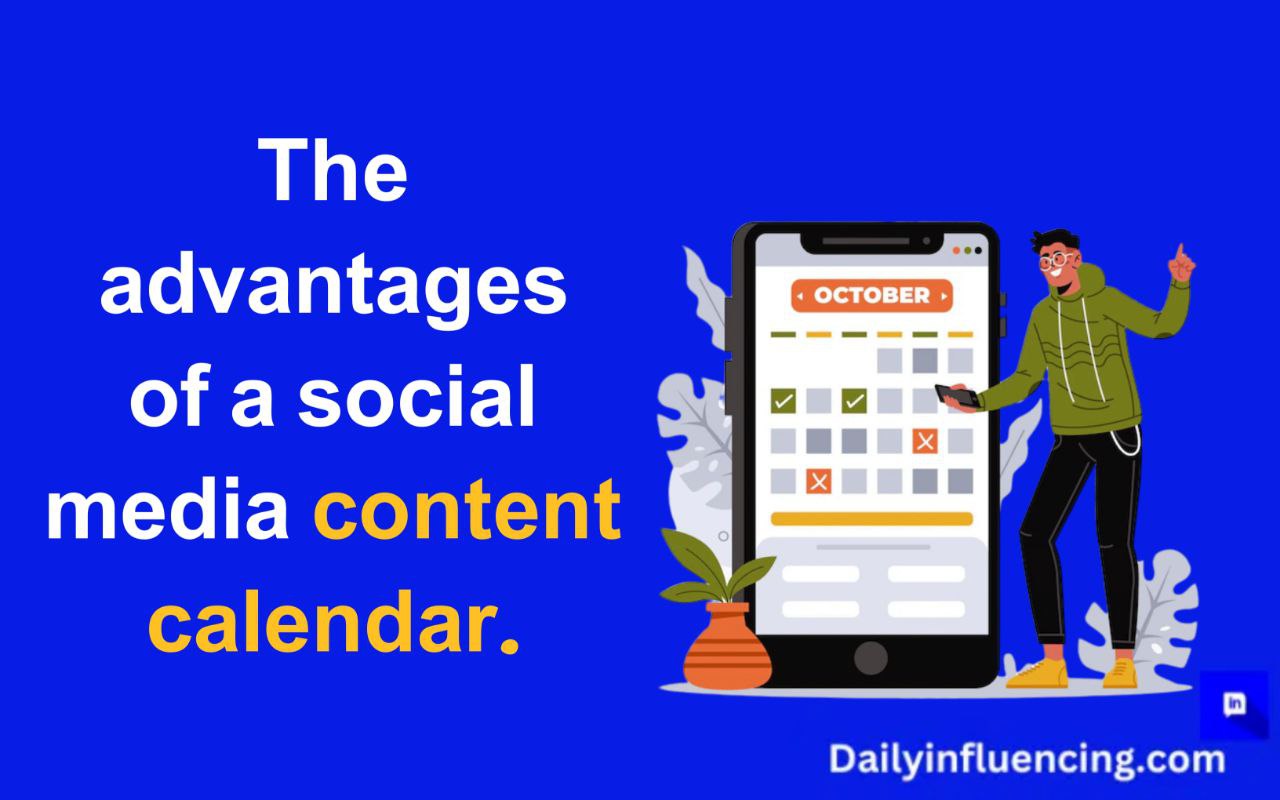
Importance of creating a Social Media Content Calendar:
- Aligns with business objectives
- Ensures the positioning of a brand or products, and the corresponding and consistent transmission of the message.
- Fosters community engagement.
- Boosts website traffic and helps making sales online.
- Enhances brand reputation
STEP 1: Defining Your Goals and Objectives
Before diving into the creation of your content calendar, establish clear goals and objectives. Consider what you want to achieve through your social media engagement.
Possible objectives may include increasing brand awareness, generating leads, boosting sales, or fostering community engagement.
Identify your target audience, content goals, and key performance indicators (KPIs). Ask yourself:-
Who is my target audience?
What are my content goals (e.g., increase engagement, drive website traffic)?
What metrics will I use to measure success?
STEP 2: Choosing the Right Platforms
It is important for people to understand that different platforms are made for different things in the social world. Find out those forums or sites that appeal to your kind of audience and those that will be most beneficial to your enterprise. Some common platforms include:-
- Facebook: Targeted for reaching a broad range of the population and interacted through different forms of content.
- Instagram: Best for visuals since they allow targeted promotion at the younger audience.
- LinkedIn: Most suited for B2B promotion and business professional connections.
- Twitter: Suitable for current information and customer feedback responses.
- TikTok: Emerging platform popular with younger audiences, ideal for creative and entertaining content.
STEP 3: Content Planning; Types and Formats
When planning your content, consider a variety of formats to keep your audiences engaged. Different types of content resonate differently across platforms. Incorporate a mix of the following:-
- Educational content: Blog posts, how-to guides, or infographics.
- Entertaining content: Memes, behind-the-scenes videos, or challenges.
- Promotional content: Product launches, discounts, or announcements.
- User-generated content: Customer testimonials or reviews.-
- Interactive content: Polls, quizzes, or contests.
Balancing these types will help maintain engagement and draw in diverse audience segments.
STEP 4: Creating a Social Media Content Calendar Template
Once you have a clear understanding of your goals, platforms, and content types, it’s time to create a content calendar template. There are numerous tools available, like; Google Sheets, Excel, and dedicated project management software like Trello or Asana.
Your template should include:-
- Date: when you plan to publish the content.
- Content type: what kind of post it will be (e.g., image, video, article).
- Platform: Where the content will be published (e.g., Facebook, Instagram and so on).
- Content description: A brief overview or script of the post.
- Visuals: Notes on images, graphics, or videos needed.
- Links: Any associated URLs to include.
STEP 5: Filling in Your Social Media Content Calendar
Begin populating your content calendar with relevant posts. Start with significant dates, such as holidays, events, and product launches. Fill in regular posts that align with your audience’s interests. Aim for a mix of content types and formats, and ensure your posts align with your defined goals.
This step requires creativity, but consistency is key.
STEP 6: Scheduling and Automation Tools
To save time and increase efficiency, consider using scheduling and automation tools. Platforms like Hootsuite, Buffer, and Later enable you to schedule posts in advance across multiple channels. Automating your postings allows for consistent engagement with your audience, even when you’re offline.
STEP 7: Monitor and Adjust
Regularly review your content calendar and performance metrics. Be flexible and adjust your strategy based on what works and what doesn’t. Social media trends change, and your content should evolve accordingly.
Common Mistakes to Avoid
- Inconsistent Posting: Irregular posting schedules.
- Lack of Engagement: Failure to reply to comments and messages.
- Insufficient Research: Lack of knowledge about your audience.
- Over promoting: Excessive self-promotion.
- Ignoring Analytics: It means that one does not track performance metrics.
Future-Proofing Your Content Calendar
Creating content in advance for the upcoming weeks, months and year is not something everyone can pull off or will find easy. But when you;
- Stay Up-to-Date with Algorithm Changes: Adapt to platform updates.
- Incorporate Emerging Trends: Create new channels (for example, by creating video or podcast).
- Integrate with Other Marketing Channels: A good example is to align with email, influencer, and paid marketing techniques.
- Continuously Refine Your Strategy: Regularly assess and adjust.
Tools and Resources
- Content Calendar Templates: Downloadable templates.
- Social Media Scheduling Tools: Hootsuite, Buffer, Sprout Social.
- Analytics Platforms: Google Analytics, Facebook Insights.
- Content Creation Resources: Canva, Adobe Creative Cloud.
Conclusion
Developing a social media content calendar is yet another effective tool that covers organization of your online activity, audience attraction and stimulation of commercial outcomes.
The complete guide outlined in this article on how to market for social media success will enable you set a good routine learned from the 7-steps outlined above. So, it crucial to have a good content calendar to provide you with time management and optimization of marketing strategies results.
“Implementing a social media content calendar requires effort and dedication, but the rewards are well worth it. Stay focused, stay consistent, and continuously refine your strategy to maximize your online impact.”
Start BUILDING your social media content calendar today!!
Take the very First Step now!!
Happy Planning!!
